
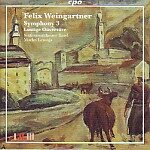
Beethoven’s “Eroica” teaches all subsequent generations of composers a critical lesson: the longer the work, the more clear-cut the large-scale form needs to be, and

Ernst Pepping wrote these works between 1939 and 1950, and his regressive style won’t win any awards for originality. The First and Third Symphonies as
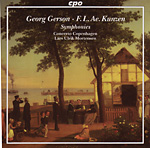
CPO’s interesting new disc presents two unknown Danish composers. Georg Gerson was a contemporary of Schubert, and his music similarly occupies that transitional era between

CPO’s projected survey of Brahms’ 204 solo songs, plus 20 duets and 60 vocal quartets, gets off to a delicious start in this first installment.

Charm, harmonic sophistication, and idiomatic keyboard fluency simply ooze from the best of the 40-odd piano sonatas by Jan Ladislav Dussek (1760-1812). Slowly but surely
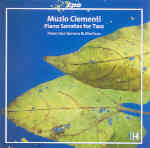
Clementi’s piano ensemble works may not plumb the virtuosic or harmonic depths characterizing his best solo piano sonatas, yet you can’t deny the composer’s unerring
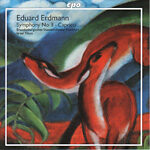
As with many mid-20th-century composers, Eduard Erdmann’s music became increasingly expressionist as his style developed. His Symphony No. 3, though in four traditional movements (allegro,

Denmark’s “other” Nielsen was a very good composer of attractive music in a late-Romantic style. The overture to Isbella, a one-acter presumably about some babe

George Antheil wrote wonderfully crazy, uninhibited, and sometimes-prophetic music. Listen to the recently unearthed First piano concerto, where the soloist’s bare-boned unison lines play against
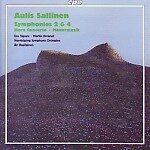
The performances here are stunning. Believe it or not, this is the third recording (at least) of the Fourth Symphony, a marvelously focused piece from
![]()
